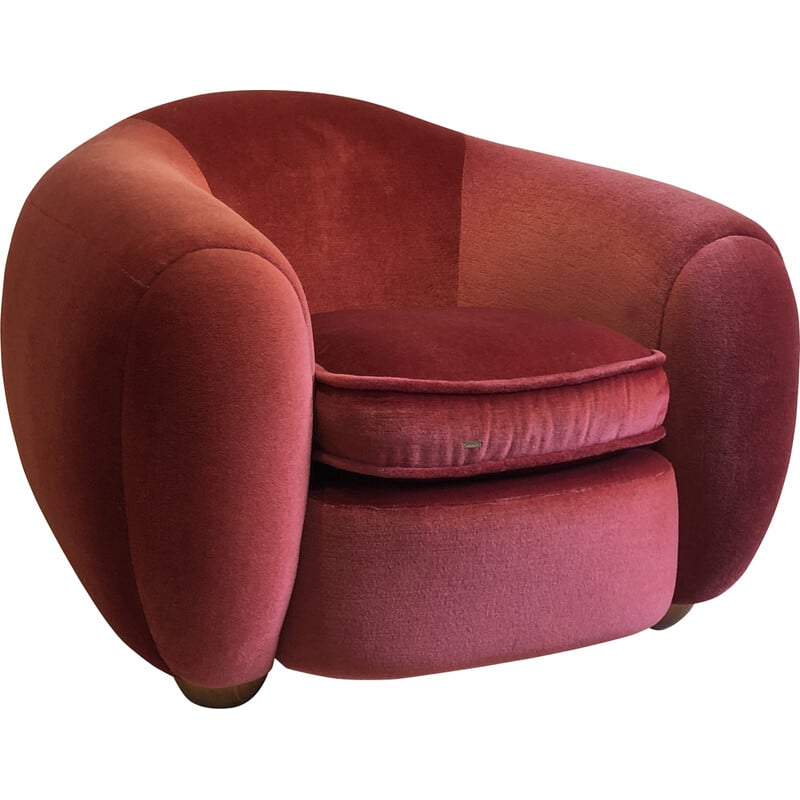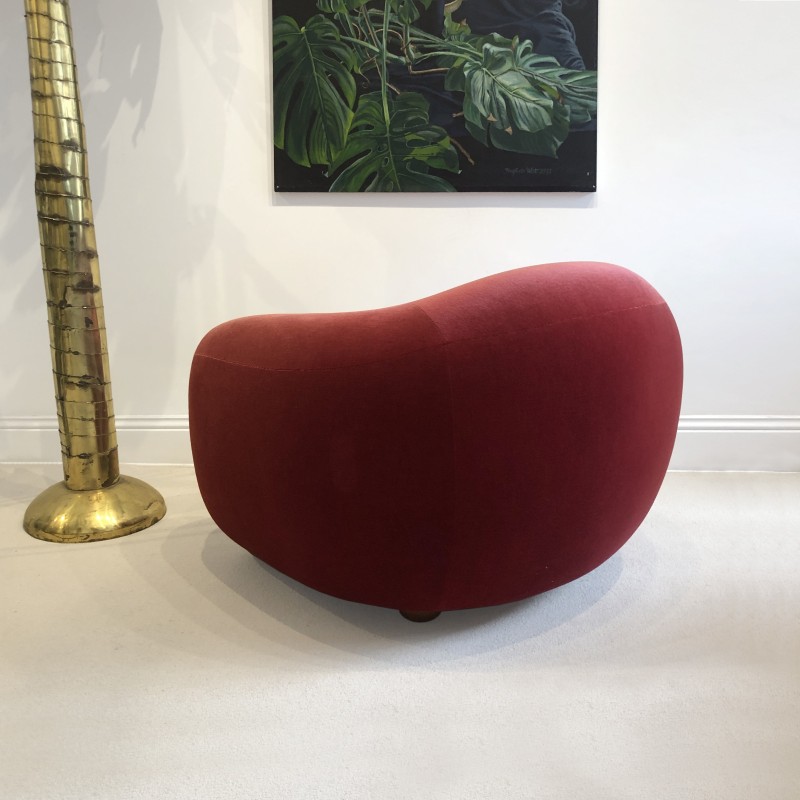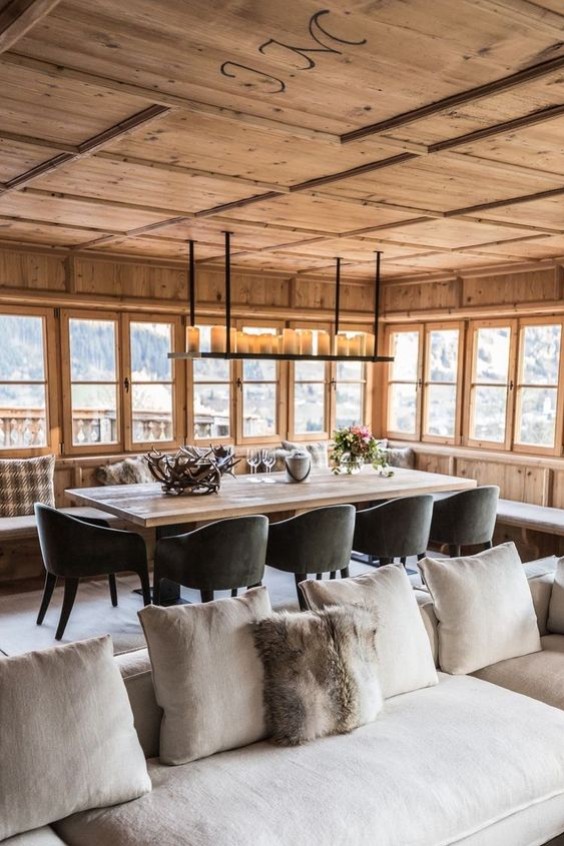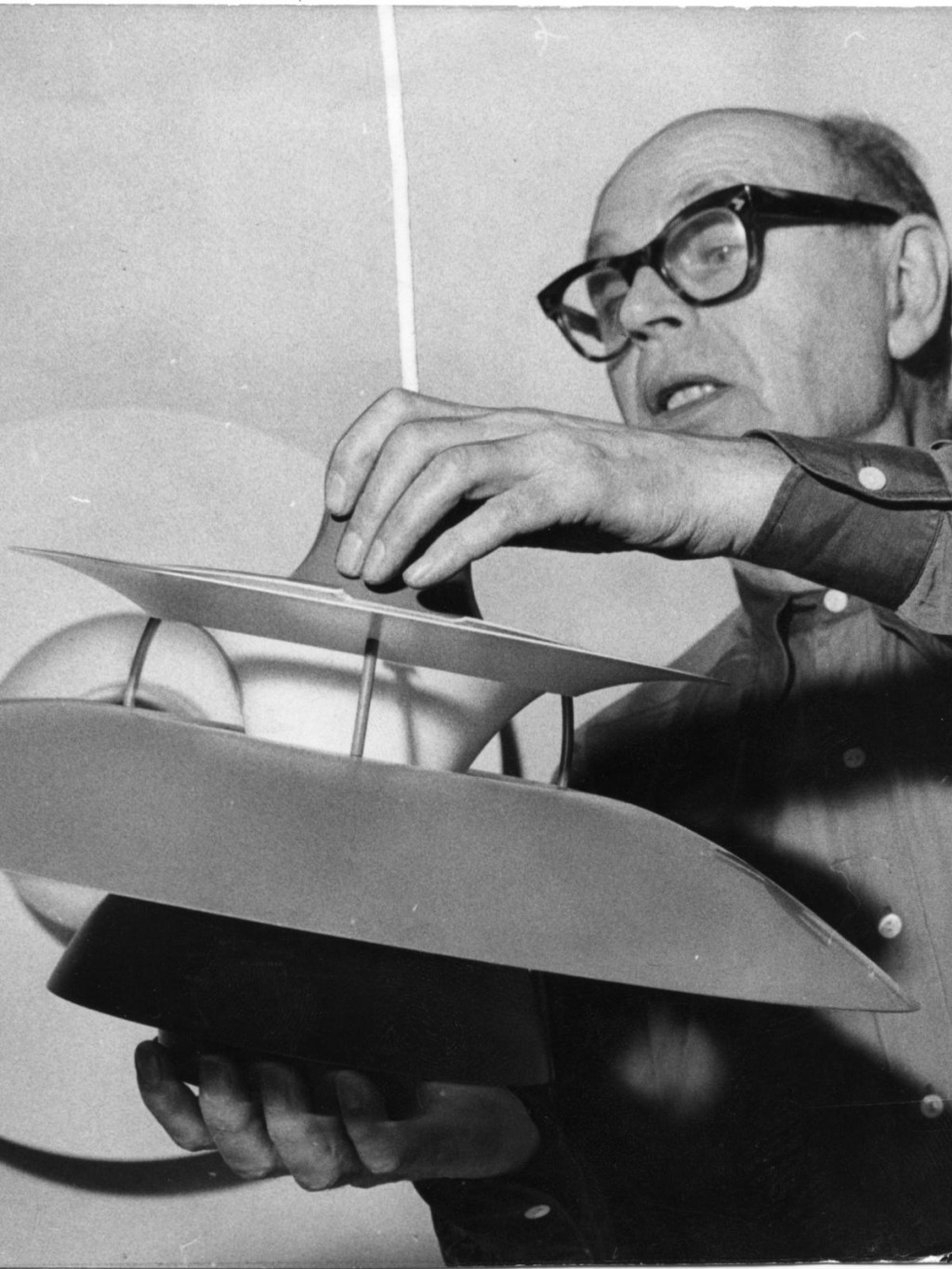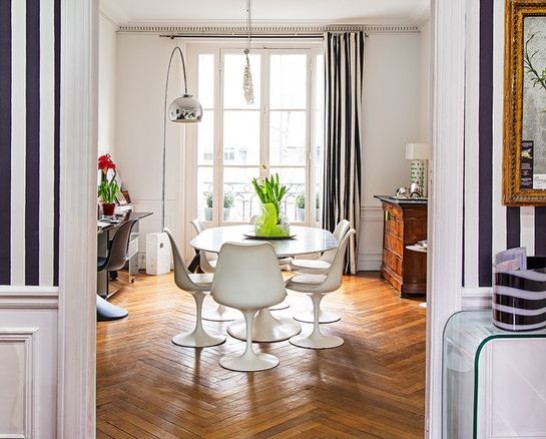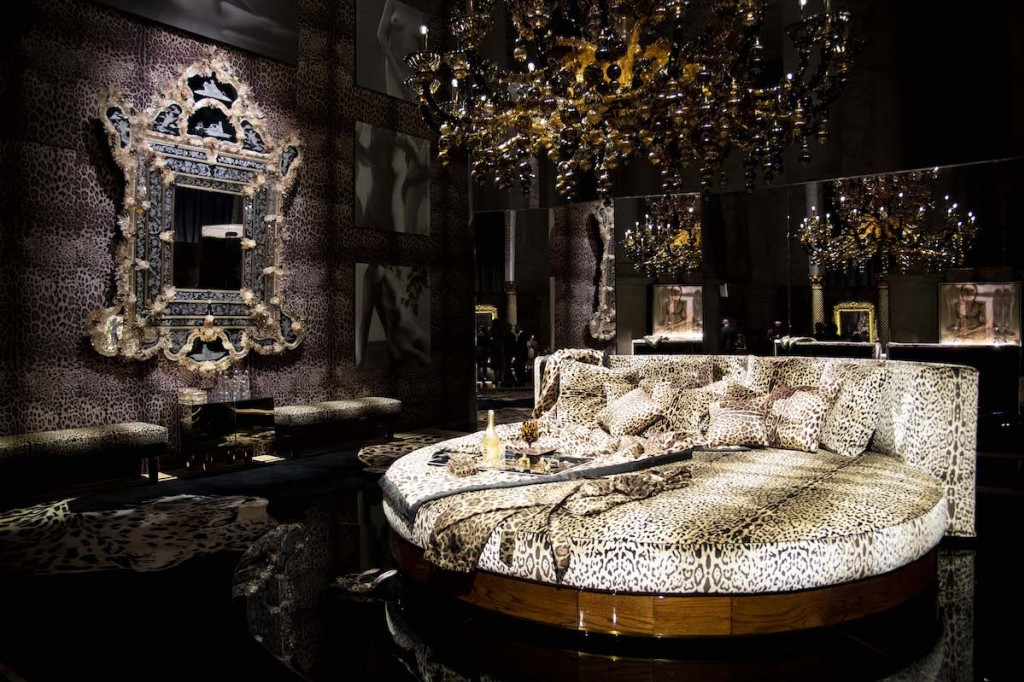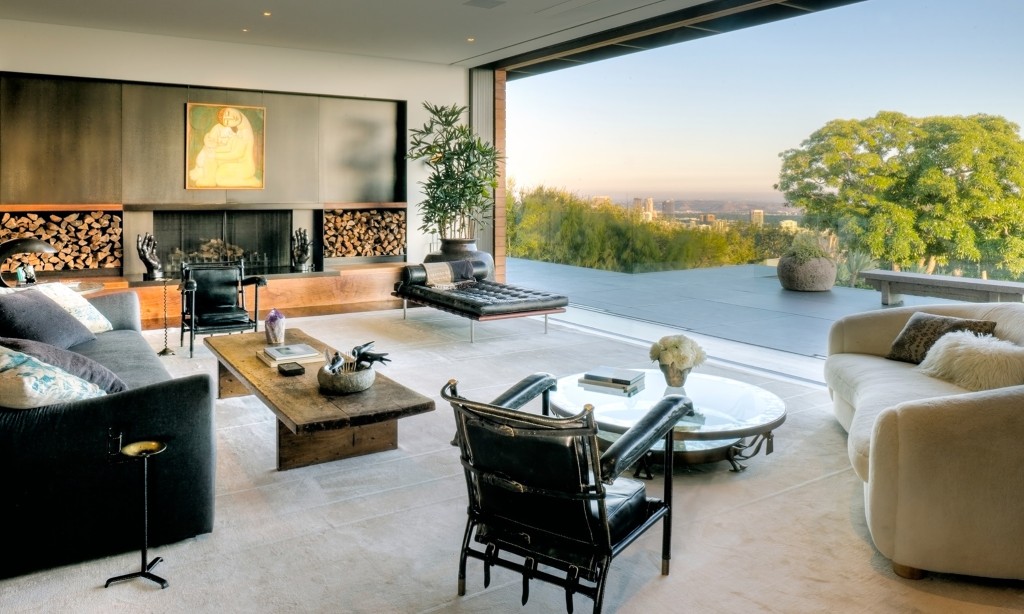The
In 2018, the prestigious American interior and landscape design magazine Architectural Digest (AD) featured a photo report on the Californian villa of American star Jennifer Aniston. On the other side of the Atlantic, the focus was not on the villa's architectural qualities, but on a piece of French-designed designer furniture: the extraordinary "Ours Polaire" sofa by French decorator Jean Royère. It has to be said that the global star of the TV series Friends, or failing that, his decorator on assignment, has good taste, so much so that this seat embodies an organic, avant-garde design for its time. This article looks back at this cult piece of immediate post-war design.
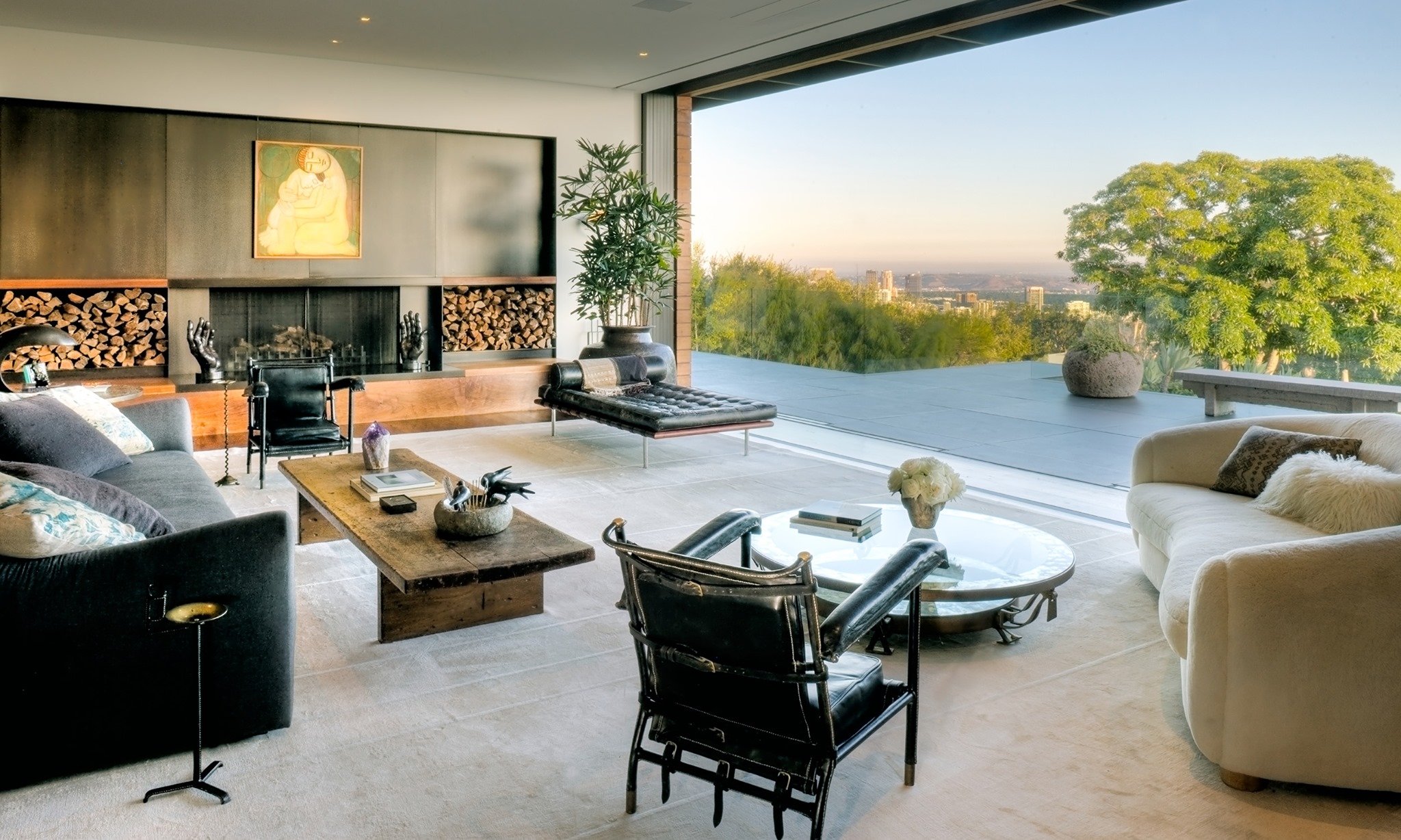
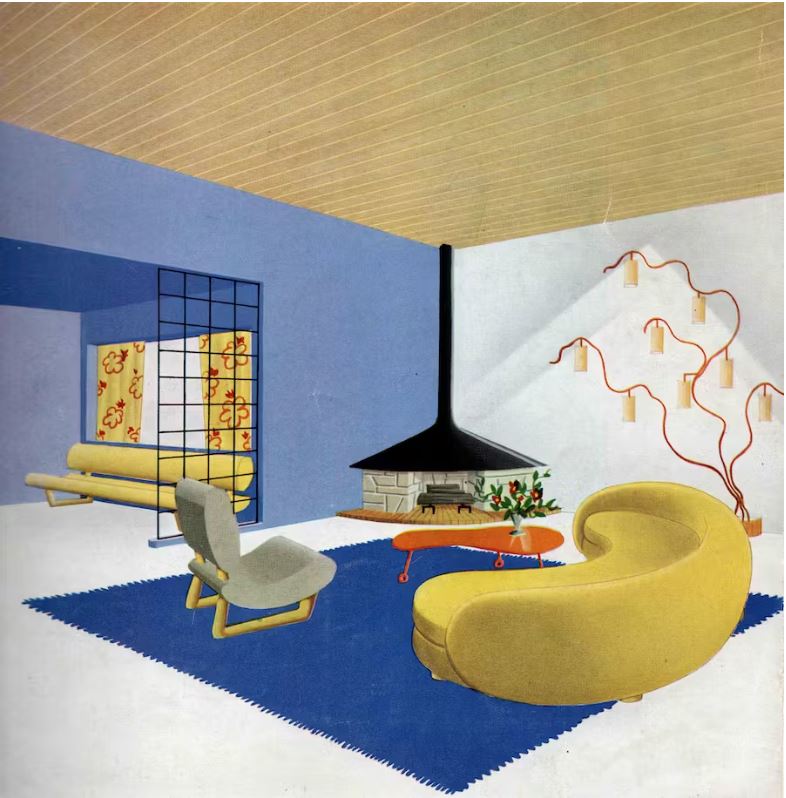
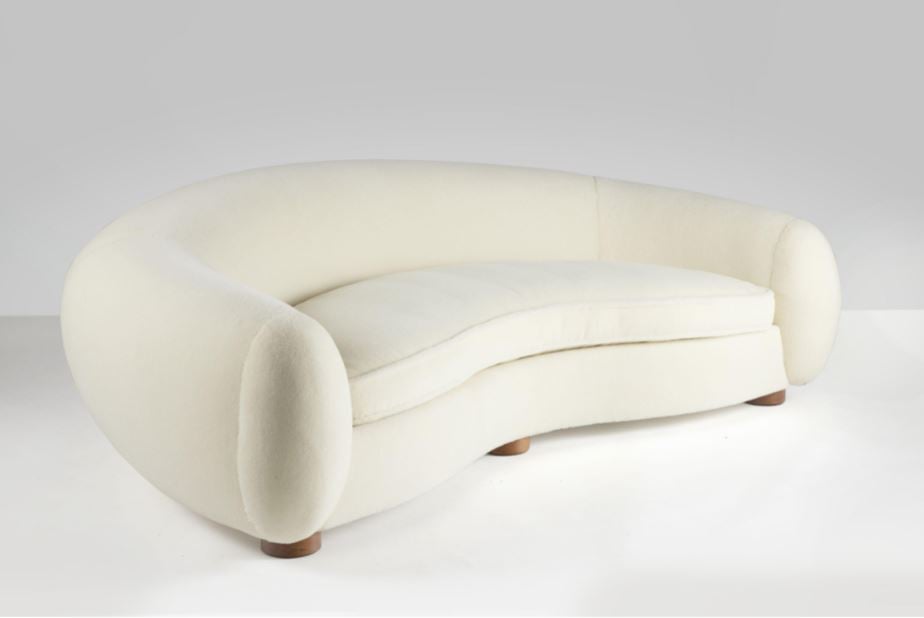
Before discussing the aesthetic and functional qualities of this iconic sofa created in the aftermath of the Second World War, it's time to talk about its genius creator. Jean Royère (1902-1981) was a French designer whose work marked the 20th century with its originality and aesthetic audacity. His career began in the 1930s, after he abandoned a career in import-export to devote himself fully to interior design. Royère had no formal education in design or architecture - apart from training in the cabinet-making workshops of Paris's Faubourg Saint-Antoine - but this didn't stop him from becoming one of the most influential interior designers of his time.
.jpg)
He quickly gained renown for creations that fused functionality and whimsy, departing from convention with a self-taught, innovative approach. His designs were characterized by organic shapes, vivid colors and an inventive use of materials, ranging from forged metal to wood and luxurious textiles.
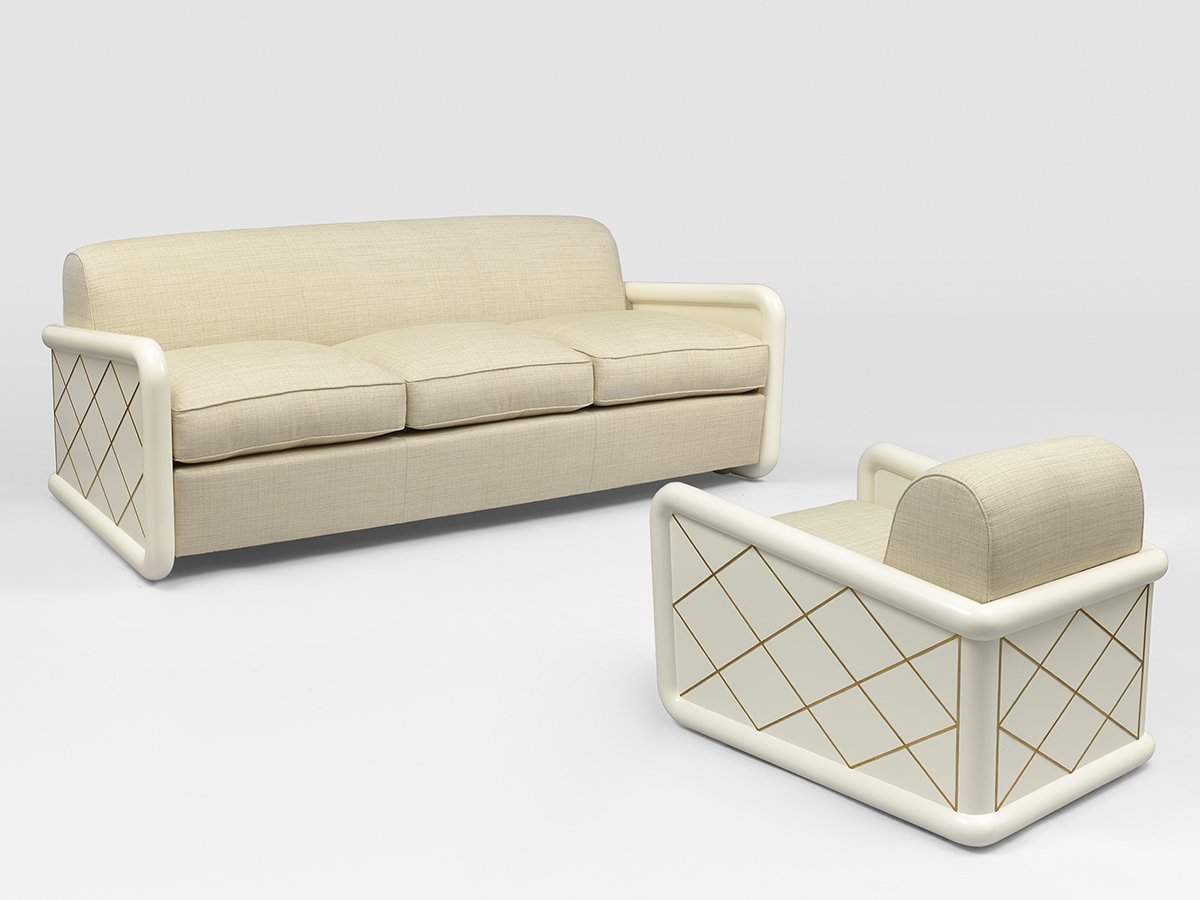
.jpg)
Royère has extended his influence far beyond France, with projects across Europe, the Middle East and South America, responding to international demand for haute couture interiors. For this reason, he is better known as a decorator than a designer. His works, such as the "Polar Bear" armchair, remain design classics, sought after for their timeless elegance and mischievous charm.
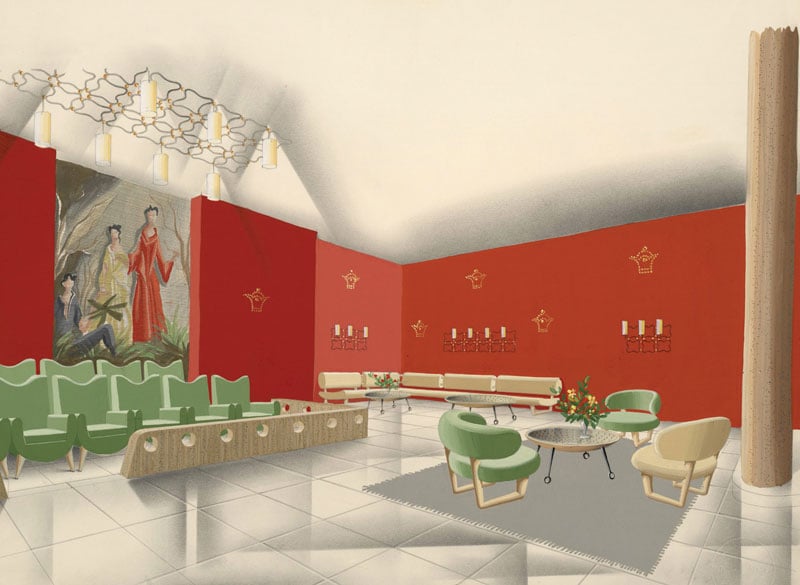
The "Polar Bear" armchair, or "Boule" as it was originally named, was designed in 1947 by Jean Royère to decorate the decorator's mother's apartment on rue du Faubourg-Saint-Honoré in Paris. This emblematic piece of furniture embodies the transition of post-war interior design towards a more organic, comfortable and human-centered aesthetic, breaking with the traditional, austere forms of the time. Today, it's a highly sought-after piece by collectors the world over.
Why has this seat become an icon of post-war design? Firstly, because Jean Royère, with his innovative approach, designed a piece of furniture inviting relaxation and comfort, in stark contrast to pre-war formalism. Secondly, the silhouette of the "Polar Bear" demonstrates Royère's skill in working with materials. He often used innovative fabrics for the time, such as curly wool, which gives the chair its characteristic soft, inviting appearance. This selection of materials not only defied the aesthetic standards of the time, but also introduced a tactile dimension to the furniture experience, which was quite innovative.
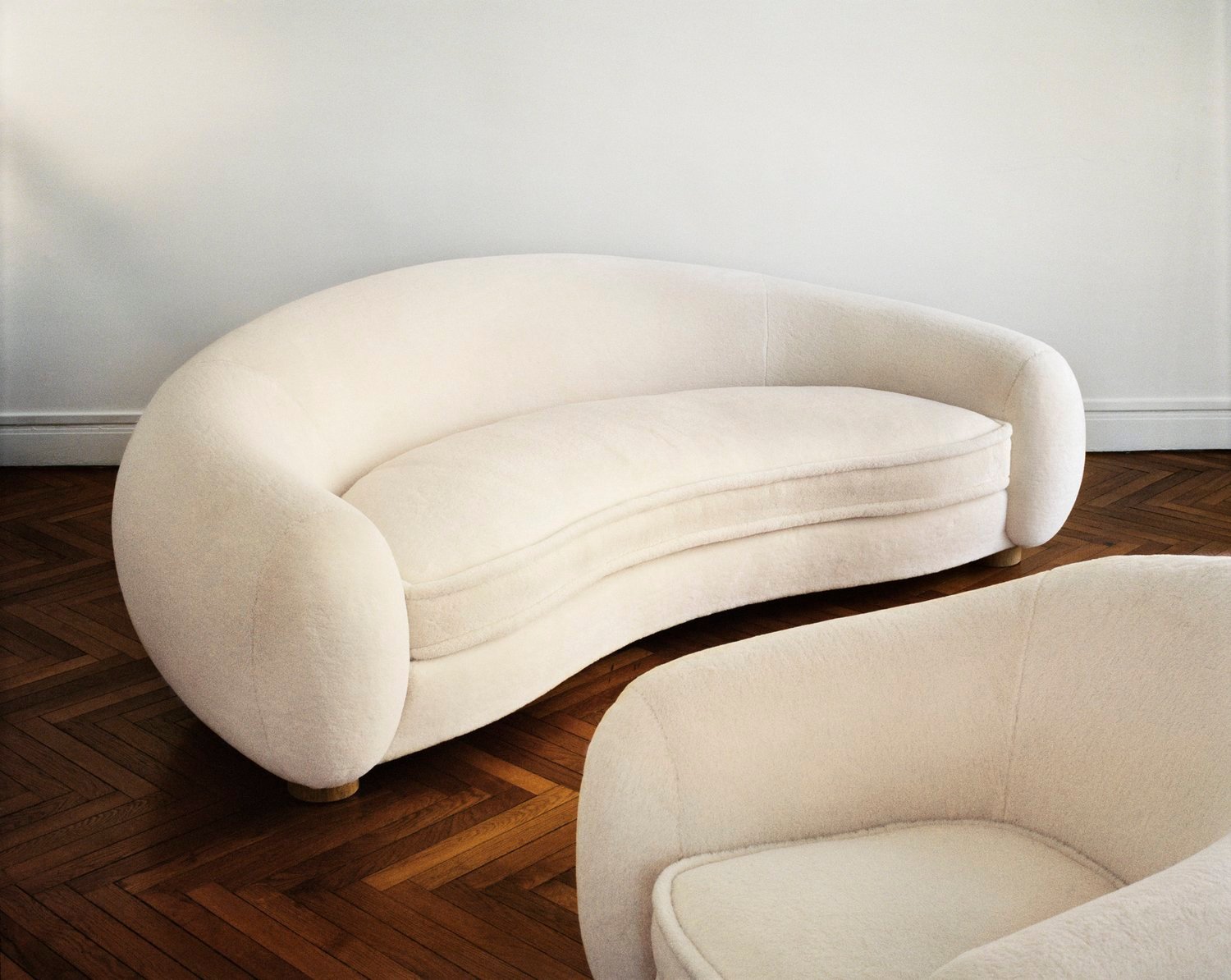
Aesthetically speaking, the sofa stands out for its voluptuous shapes and plush, plush-like appearance. With its wide, rounded armrests and generous seat, the armchair's design encourages you to immerse yourself in its enveloping comfort. In evoking the piece, the experts refer to the biomorphic forms of sculptures by Jean Arp (1886-1966); the natural shape of the seat outweighs the functional aspect, thanks to an organic design that favors the expression of flowing forms.
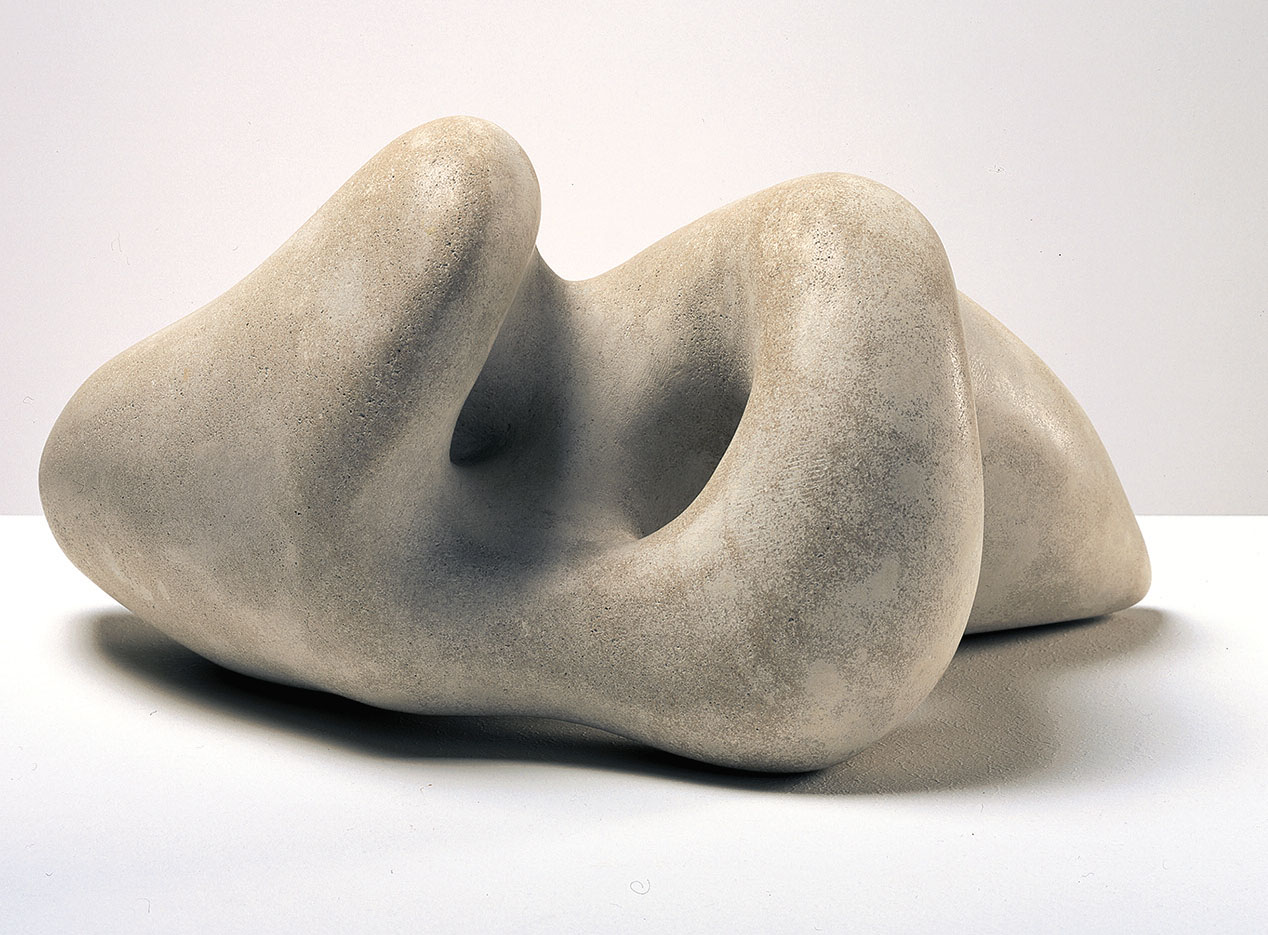
What's more, the chair is mounted on discreet wooden legs that seem barely able to support its ample form, adding to the illusion that it floats above the ground. This visual lightness was quite a feat at the time, when sturdiness was often favored over airy elegance. It's tempting to compare Jean Royère's famous armchair with Charles & Raymes Eames' no less famous creation, La Chaise, which, at the same time (1948), refers to Gaston Lachaise's sculpture "Personnage flottant" (Floating Personage) and is part of the quest for organic design with flowing curves.
.png)
.png)
.png)
The chair's influence on post-war design is undeniable. It paved the way for furniture that celebrated and encouraged personal comfort, while at the same time being a sculptural and expressive design object. Today, the "Polar Bear" continues to be celebrated at auctions and design exhibitions as a symbol of Jean Royère's creative genius, and as a testament to the power of design in the cultural and aesthetic reconstruction of a society.
.png)
François Boutard

